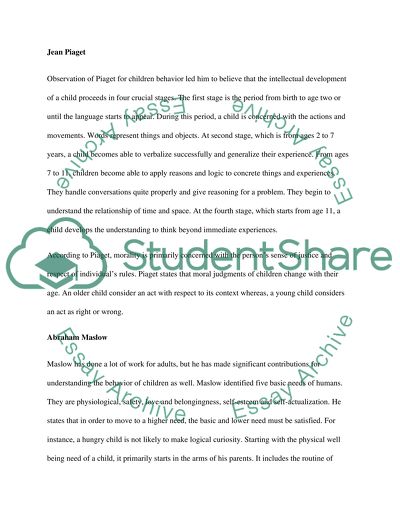Cite this document
(“Compare and contrast the ideas and theories of Piaget, Vygotsky and Essay”, n.d.)
Retrieved de https://studentshare.org/psychology/1466713-compare-and-contrast-the-ideas-and-theories-of
Retrieved de https://studentshare.org/psychology/1466713-compare-and-contrast-the-ideas-and-theories-of
(Compare and Contrast the Ideas and Theories of Piaget, Vygotsky and Essay)
https://studentshare.org/psychology/1466713-compare-and-contrast-the-ideas-and-theories-of.
https://studentshare.org/psychology/1466713-compare-and-contrast-the-ideas-and-theories-of.
“Compare and Contrast the Ideas and Theories of Piaget, Vygotsky and Essay”, n.d. https://studentshare.org/psychology/1466713-compare-and-contrast-the-ideas-and-theories-of.


